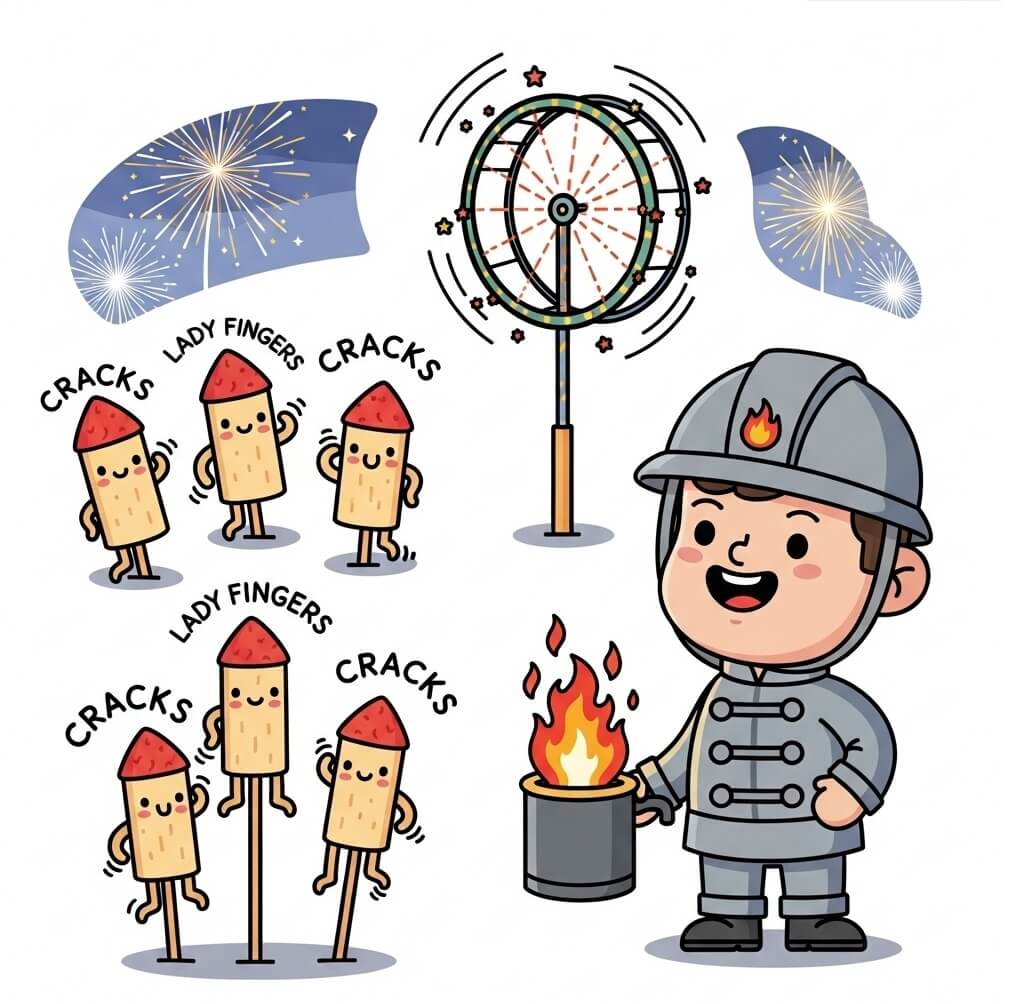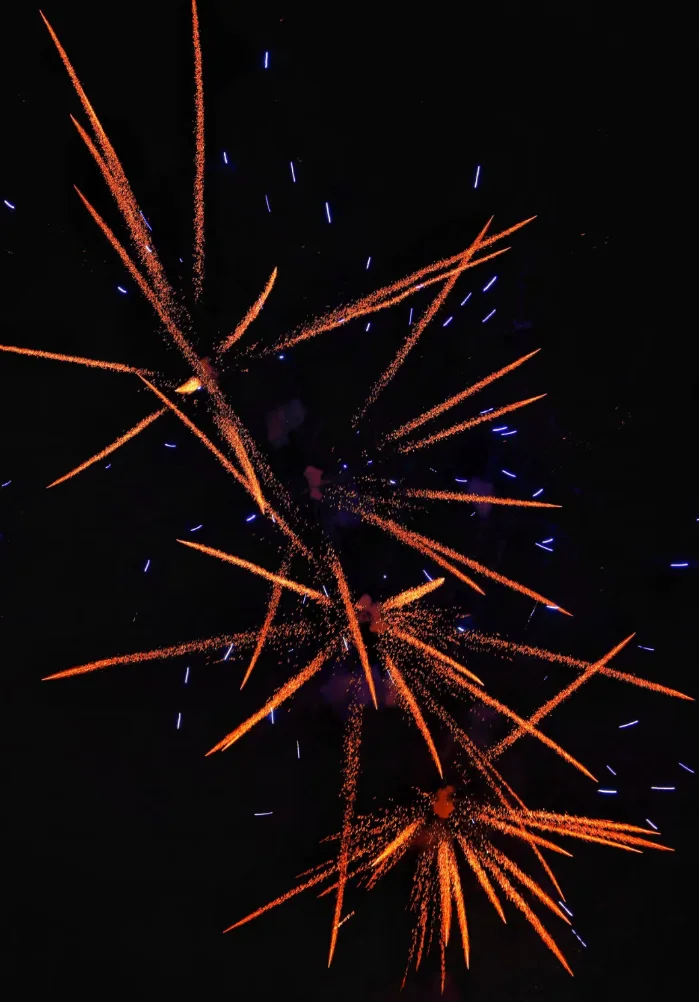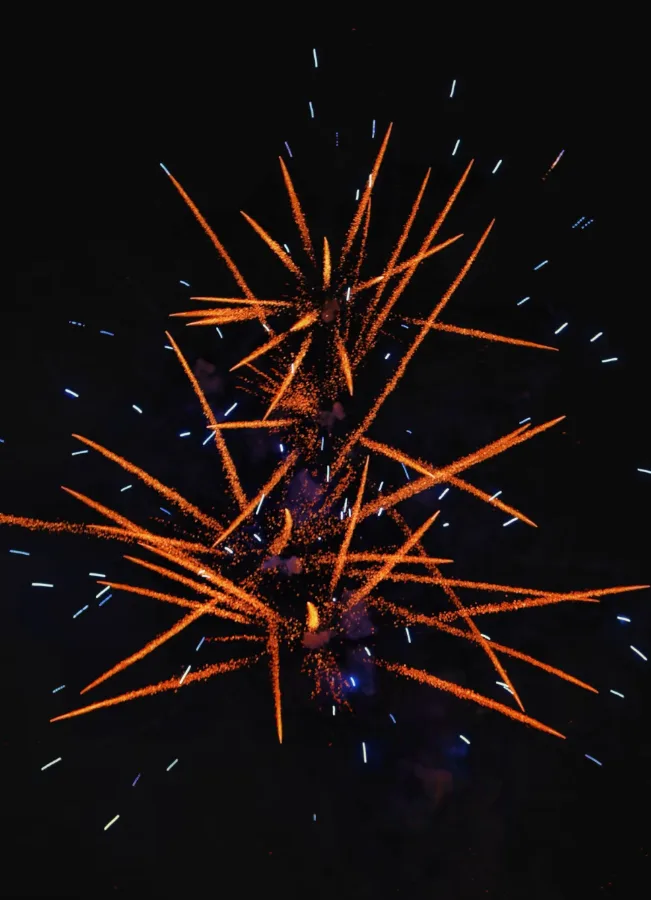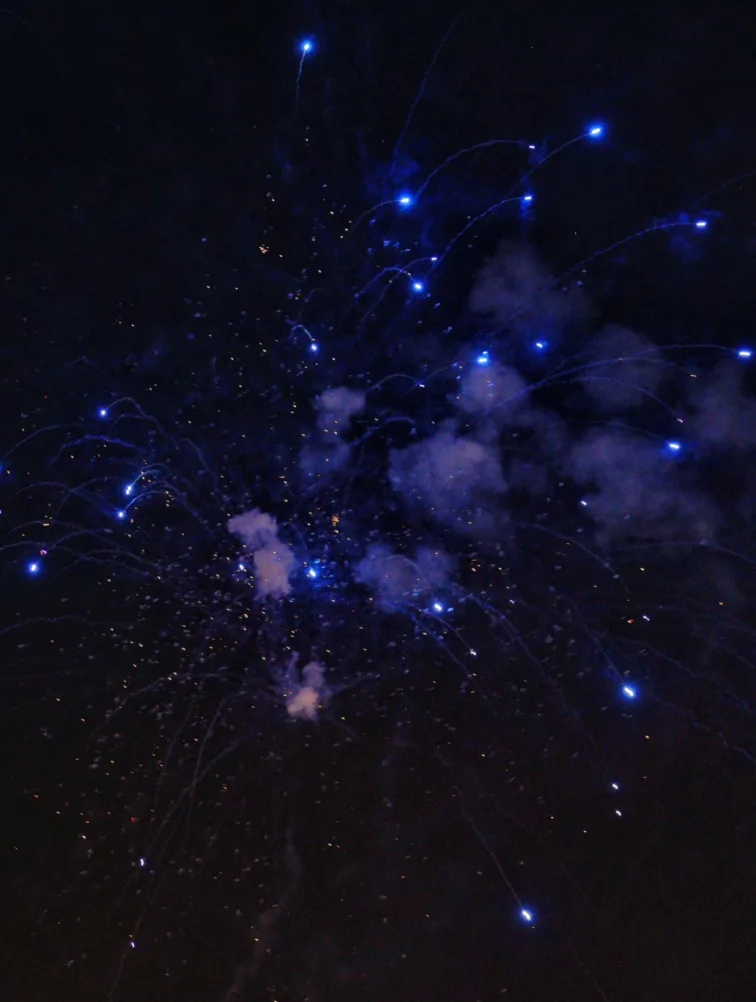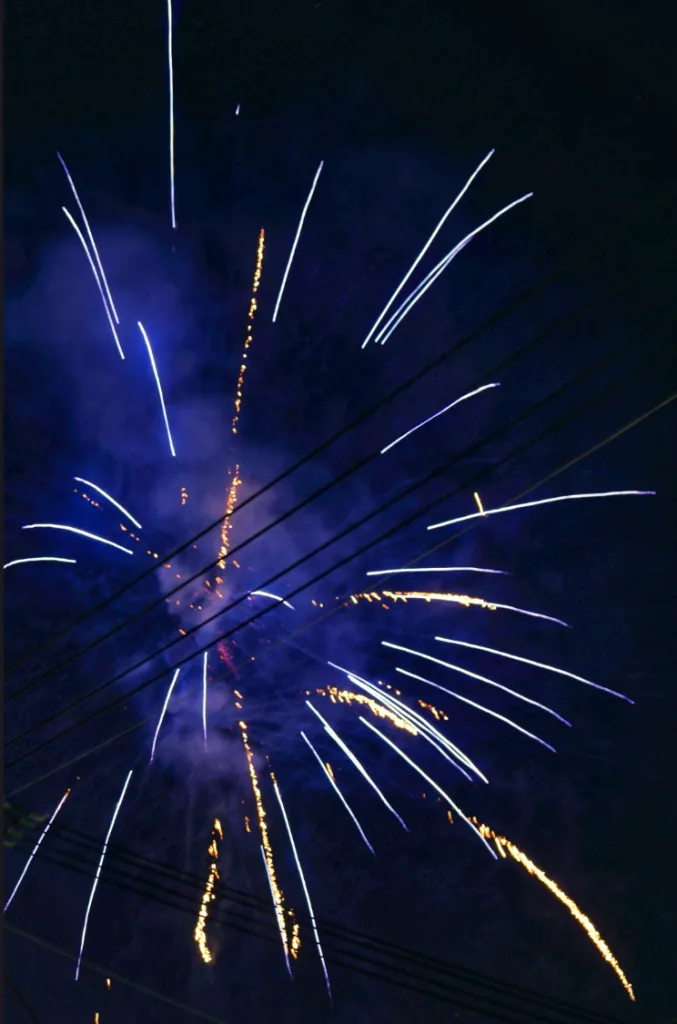The world of fireworks is incredibly diverse, encompassing everything from grand aerial displays that paint the night sky to smaller, more intimate ground-based effects. Each type has its own unique charm and function, contributing to the overall magic of a pyrotechnic show. Among these fascinating varieties, we find the delicate yet spirited Lady Fingers fireworks, the distinct artistry of a Catherine Wheel, and the essential utility of a portfire. Understanding these individual components helps us appreciate the intricate craft behind a dazzling display.
Let's begin with Lady Fingers fireworks. These are typically small, slender firecrackers known for their rapid, sequential crackle.
They get their whimsical name from their size and shape, resembling a lady's finger. While not designed for massive aerial explosions, their charm lies in their quick, sharp percussive sounds and the brief, lively flashes they produce. Often used in strings, Lady Fingers fireworks create a delightful popping symphony, adding a layer of energetic audio to a display. They might not be the main event, but their unique contribution to the soundscape and immediate visual burst makes them a beloved classic, especially in smaller, more intimate celebrations where loud booms are not the primary goal.
Next, we turn to the Catherine Wheel. This type of firework, as discussed previously, is renowned for its mesmerizing rotational display.
Mounted on a pivot, it spins rapidly, emitting a continuous shower of sparks and often changing colors as it twirls. The elegant, sustained motion of the Catherine Wheel offers a stark contrast to the quick bursts of other fireworks. It’s a focal point that draws the eye, creating a hypnotic dance of light that can last for several minutes. Beyond the actual firework, the Catherine Wheel has even inspired other forms of art and culture. For example, a Catherine Wheel shirt might feature a swirling, vibrant design reminiscent of the firework's motion, embodying its dynamic and captivating visual appeal in a wearable form. This shows how deeply the imagery of certain fireworks can embed itself in our shared consciousness.
Finally, we consider the port fire. This isn't a firework that explodes or spins, but rather an indispensable tool for anyone handling pyrotechnics. A port fire is essentially a slow-burning fuse or stick, designed to provide a safe and reliable way to ignite other fireworks from a distance. Its slow, steady burn allows pyrotechnicians to precisely light various devices without rushing, minimizing direct exposure to sparks or flames. The port fire is the silent workhorse behind many dazzling displays, ensuring that each element ignites at precisely the right moment. Its consistent flame and extended burn time make it a crucial piece of equipment, underscoring the importance of careful preparation and execution in creating a successful and safe firework show.
In conclusion, the world of fireworks is rich with specialized devices, each playing a vital role in crafting unforgettable spectacles. From the charming pop of Lady Fingers fireworks to the graceful whirl of a Catherine Wheel (and its cultural resonance, perhaps even on a Catherine Wheel shirt), and the essential precision offered by a portfire, every element contributes to the grand tapestry of light and sound. Understanding these distinct components deepens our appreciation for the skill and artistry involved in bringing these dazzling moments to life.

